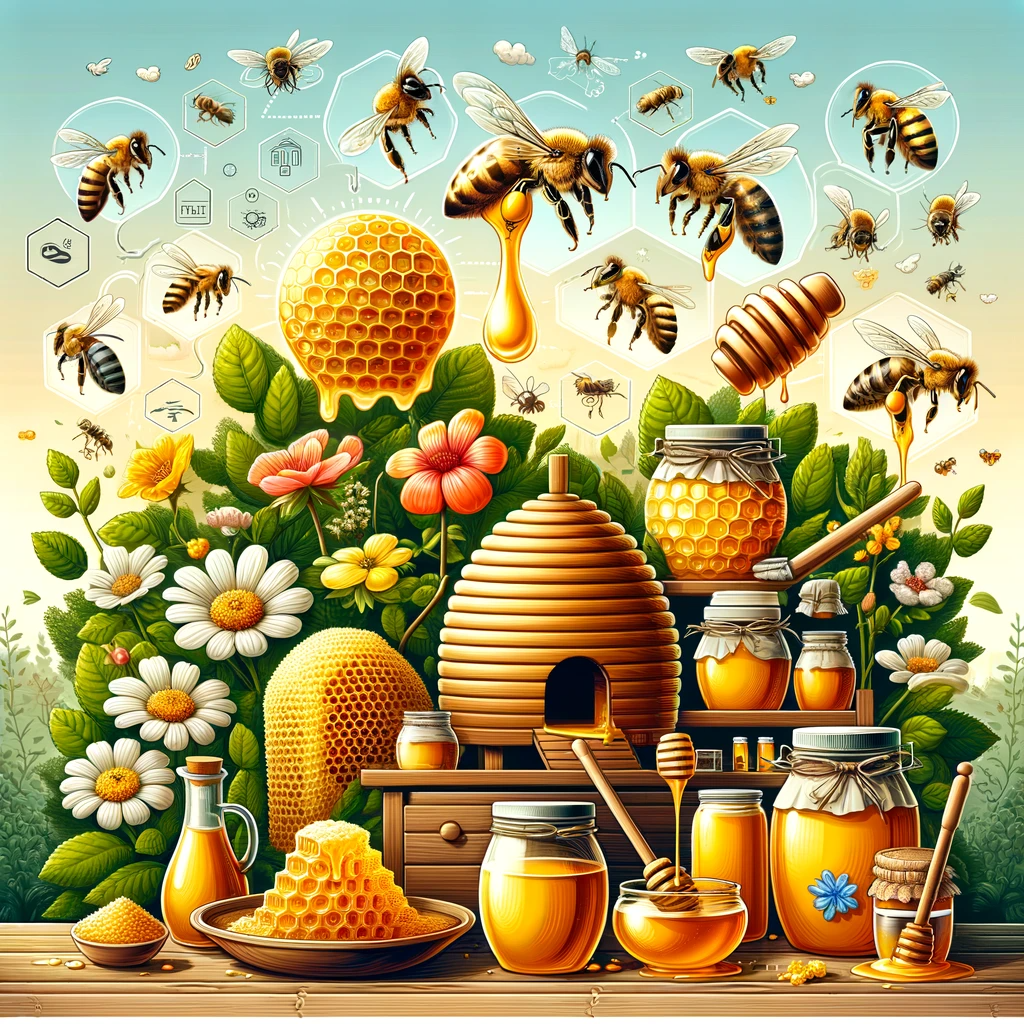Honey is not just a sweet treat; it’s also a natural remedy with numerous health benefits. However, not all honey is created equal. To get the most out of this golden elixir, it’s crucial to choose the best honey that suits your needs. In this comprehensive guide, we’ll explore the key factors and ingredients you should consider when selecting high-quality honey.
Main Factors to Consider
When looking for the best honey, there are several primary factors you should keep in mind:
1. Types of Honey
- Wildflower Honey: Harvested from a variety of flowers, wildflower honey is known for its robust and diverse flavors.
- Clover Honey: Clover honey is light and mild, making it a popular choice for sweetening beverages and drizzling over desserts.
- Manuka Honey: Hailing from New Zealand, Manuka honey is renowned for its antibacterial properties and unique flavor profile.
- Acacia Honey: Acacia honey is incredibly light and has a mild taste, making it a great option for those who prefer a subtle sweetness.
2. Honey Origin
- Local vs. Imported: Consider whether you prefer locally sourced honey or honey from other regions. Local honey may have a distinct taste due to the surrounding flora.
- Certifications: Look for certifications like “Organic” or “Non-GMO” to ensure the honey meets specific quality standards.
3. Raw vs. Processed Honey
- Raw Honey: Raw honey is minimally processed and retains more of its natural enzymes, antioxidants, and beneficial compounds. It may crystallize over time, but this is a sign of its purity.
- Processed Honey: Processed honey is often heated and filtered, which can destroy some of its beneficial properties. It typically remains liquid for longer but may contain added sugars or syrups.
4. Color and Texture
- Color: The color of honey can range from light gold to dark amber, and it often corresponds to the honey’s flavor. Lighter honey tends to be milder in taste, while darker honey is more robust.
- Texture: Honey can be either liquid or crystallized. Crystallized honey is thicker and can be spread like a paste.
Key Ingredients to Look for in Honey
1. Pollen Content
- High Pollen Content: Honey with a high pollen content is considered more natural and unprocessed. It’s also believed to offer superior health benefits.
- Filtered Honey: Some commercial honey brands filter out pollen. Avoid these if you’re looking for honey with pollen content.
2. Added Ingredients
- Natural vs. Artificial: Check the label for any added ingredients, such as sweeteners or preservatives. Opt for honey that is 100% pure and free from additives.
3. Crystallization
- Crystallized Honey: This is a natural process that occurs over time. It does not indicate poor quality. If you prefer liquid honey, you can gently warm crystallized honey to return it to a liquid state.
4. Glycemic Index
- Low GI Honey: If you’re watching your sugar intake, choose honey with a low glycemic index (GI). Low GI honey has a slower impact on blood sugar levels.
5. Flavor Profile
- Floral Notes: Different honey varieties have distinct flavor profiles, ranging from floral and fruity to earthy and herbal. Choose a flavor that suits your taste preferences.
Conclusion
In conclusion, choosing the best honey involves considering factors such as the type of honey, its origin, whether it’s raw or processed, color, texture, pollen content, added ingredients, crystallization, glycemic index, and flavor profile. By taking these factors into account, you can ensure that the honey you select not only satisfies your taste buds but also provides you with the health benefits you desire. Remember to read labels carefully, opt for pure, unadulterated honey, and explore the diverse world of honey varieties to find your perfect match. Whether you’re drizzling it over your morning toast or using it as a natural remedy, the right honey can enhance your culinary and wellness experiences.
